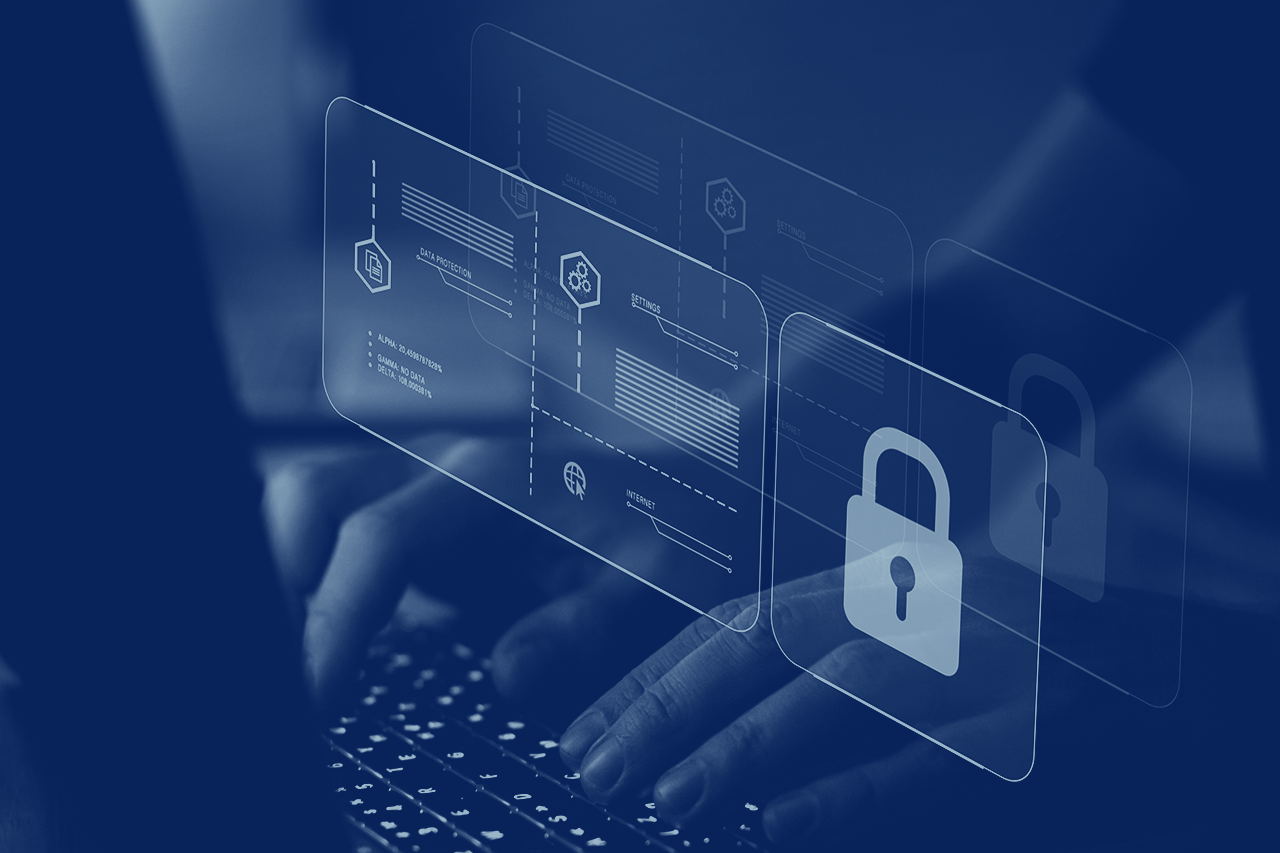
Mature Your Security Program with SOC 2 Reporting
Service Organization Controls (SOC) audits and reports are used to ensure compliance and security within service providers. There are several SOC types, including SOC 1, which looks at the effectiveness of financial controls, and SOC 2, which evaluates organizational controls surrounding security compliance and data.
SOC 2 has emerged to become more widely used as corporate reliance on digital transformation and data security has increased. SOC 2 provides a more comprehensive organizational security approach, making it a valuable requirement for many businesses before signing on with new providers.
SOC 1 audits for compliance typically take six months to complete, while the SOC 2 process can be as lengthy as 12 months.
This piece details how achieving a SOC 2 standard has multiple long-term benefits that improve overall security maturity by embedding processes and controls throughout the organization.
SOC 2 Types and Use
SOC 2 is a compliance standard set by the American Institute of Certified Public Accountants (AICPA) to specify how customer data should be managed in line with the Trust Services Criteria, which covers security, availability, processing integrity, confidentiality and privacy. It's a more holistic reporting standard than SOC 1, which focuses strictly on service organizations' financial reporting controls.
SOC 2 Subtypes:
- SOC 2 Type 1 outlines the provider system controls to confirm compliance with the applicable trust principles, which include the zero trust model.
- SOC 2 Type 2 evaluates the operational efficiency and long-term health of these systems controls.
SOC 2 Type 1 captures organizational controls at one point in time to determine if they offer sufficient protection and meet the criteria. Reports are typically available within a few months, while SOC Type 2 takes longer, anywhere from 3-12 months, to capture the controls' strengths and weaknesses over an extended period.
How the SOC 2 Process Works
The SOC 2 audit process uses a baseline to evaluate data security and internal controls to generate a report. SOC reports offer confirmation that critical information is managed appropriately and well-protected in a time of increasing cybersecurity threats. CPA firms use the following steps to complete SOC 2 reports on behalf of service organizations.
SOC 2 Audit Steps
- Hire an accredited CPA auditor, ideally one who works with similar businesses, to complete either a SOC Type 1 or 2 report.
- Inform employees of the impending SOC 2 audit and undergo a readiness assessment to capture any weak spots before the official review.
- Schedule audit dates and prepare requested documentation according to the auditor's checklist.
- During the SOC 2 audit, your team will be asked about company processes and policies.
- After the initial interview, the auditor will review evidence of control operations and efficiency. They may ask process owners to clarify certain procedures if required.
The detailed SOC 2 report will summarize the audit scope, system/control environment, and applicable tests after the audit. Most importantly, the report will state the auditor's formal opinion on control efficiency and compliance.
SOC 2 Audit Results
The formal conclusion to a SOC 2 audit is a full report detailing the organizational controls and their level of compliance with Trust Services Criteria: security, availability, processing integrity, confidentiality and privacy.
Ideally, the auditor's opinion on control performance will be unqualified, meaning the controls meet compliance requirements. Otherwise, a qualified opinion means the organizational controls are nearly compliant, but one or two areas fall short.
An adverse opinion flags serious compliance issues with non-negotiable requirements not being met. It's rare, but sometimes an auditor will assign a disclaimer of opinion, meaning they didn't obtain enough documentation to provide a formal opinion.
Benefits of SOC 2 Audits
A SOC 2 audit gives service businesses a competitive advantage by demonstrating compliance with security controls, particularly data privacy and transaction processing. It focuses on how organizational controls keep services and client data secure, rather than how they affect financial reporting.
Advantages of voluntary SOC 2 audits include:
- Threat prevention - As an independent review, SOC 2 audits offer a detailed analysis of organizational controls, highlighting possible gaps in security that may leave the organization vulnerable to threats. Once identified, these concerns can be rectified as a matter of urgency.
- Competitive advantage - Competition is high across all industries, and clients have choices when it comes to service providers. More and more companies ask for SOC 1 and 2 audits from potential service providers for reassurance before signing a contract.
- Operational efficiency - SOC 2 audits confirm the compliance and efficiency of organizational controls pertaining to security, confidentiality, availability, privacy and integrity. This documentation enables organizations to make further enhancements and quickly respond to audit requests in the future.
Although reasonable efforts will be made to ensure the completeness and accuracy of the information contained in our blog posts, no liability can be accepted by IANS or our Faculty members for the results of any actions taken by individuals or firms in connection with such information, opinions, or advice.